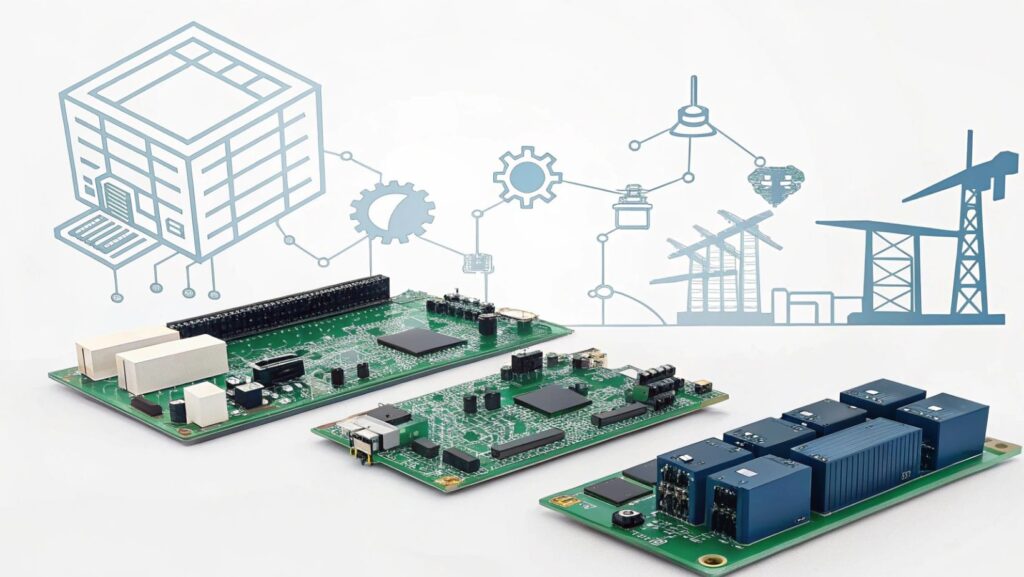Imagine: Three weeks into a crucial product release schedule, your component supplier calls with terrible news: the microcontroller you have been depending on is backordered for six months. This is not an uncommon situation. If you have more than five minutes of experience in the electronics business, you have most certainly at least once experienced this dream scenario.
Supply chain management and component sourcing are now crucial elements in PCB design and manufacture. What used to be a simple process of ordering parts and expecting delivery has developed into a sophisticated strategic discipline that can decide whether your project succeeds or becomes another casualty of supply chain anarchy.
Cultivating Strong Supplier Relationships
Not found in any inventory system, one of the most important resources in component sourcing is the relationships you develop with your suppliers. View your suppliers as partners instead of merely vendors to unlock opportunities that extend far beyond basic business transactions.
Strong supplier relationships provide access to market intelligence that is very helpful for planning. Before this knowledge becomes generally known, your suppliers often have insight into forthcoming shortages, pricing changes, and new product introductions. They can also give you flexibility in trying circumstances, such as accelerating orders or supporting your secure allocation during constrained supply lines.
Communication is the foundation of these ties. Even if you don’t need anything right now, consistent contact with your vendors helps to keep visibility and show your dedication to the partnership. Share your forecasts freely and give as much advance notice as you can for the next projects.
Do not discount the human component either. When you need specific help, personally knowing your supplier contacts can make a big difference. Knowing and trusting you will encourage a supplier to exceed expectations in challenging situations.
Strategic Inventory Control
Modern inventory control calls for juggling several conflicting goals. Too little inventory can cause production delays and lost opportunities, while too much inventory ties up capital and generates obsolescence risk.
The secret is to create a sophisticated strategy, considering the special qualities of several component types. While commodity components with many sources and short lead times can be managed more leanly, critical components with long lead times or single-source suppliers could demand higher inventory levels.
By categorizing components based on supply risk, lead time, and criticality, you can establish a tiered inventory system. This approach allows you to implement various management strategies for different types of components, thereby maximizing both availability and cost efficiency.
In this sense, forecasting becomes absolutely vital. Work closely with your teams in design and product management to learn forthcoming needs as far ahead as feasible. Through volume commitments, even crude estimates can enable you to secure better pricing and guide inventory decisions.
Diversifying Your Source Base
In the volatile market of today, depending just on one supplier for vital components is a surefire way for disaster. Diversifying your supply base not only generates competitive pressure that could help your pricing and service quality but also resilience against disturbances.
But supplier diversification goes beyond merely locating several sources for a given part number. It also means knowing the supply chains of your vendors and making sure they don’t have common weaknesses. Two suppliers that appear independent may actually rely on the same foundry or raw material source, creating hidden single points of failure.
When assessing possible vendors, go beyond delivery performance and cost. Think about elements including technical capabilities, geographic diversity, quality systems, and financial stability. A supplier who can offer design support and alternative ideas could be worth a premium above one who just meets needs.
 In this diversification effort, platforms such as Wiringo can be useful tools since they enable you to find and assess new suppliers as well as offer openness in pricing and availability among several sources.
In this diversification effort, platforms such as Wiringo can be useful tools since they enable you to find and assess new suppliers as well as offer openness in pricing and availability among several sources.
Embracing Technology and Data Analytics
Modern component sourcing increasingly relies on technology and data analytics to make informed decisions. Real-time access to pricing trends, supply chain risks, and availability forecasts across thousands of components made possible by market intelligence systems.
Systems for automated monitoring can notify you of possible problems before they become major concerns. Imagine getting an alert indicating that pricing has surged or that the lead time of a key component has suddenly changed; then, you have time to act proactively instead of merely addressing issues as they arise.
By spotting trends and patterns that might not be clear from handmade investigation, data analytics can also help you maximize your sourcing choices. Historical data can reveal early warning signals of potential disruptions, supplier performance trends, and seasonal patterns.
Do not overlook internal data either. Your procurement background, along with design and production statistics, will offer insightful information for the next procurement choices. This information can help you spot chances for standardizing, project future needs, and maximize inventory levels.
Risk Management and Quality Assurance
Maintaining component quality becomes increasingly difficult as supply networks grow more complex and global. While quality problems can result from hurried manufacturing or poor quality controls at supplier facilities, counterfeit components remain a continual threat.
While strong incoming inspection procedures are crucial, it is also vital to work with vendors that have robust quality systems. Search for vendors with pertinent certifications and quality accreditations; never hesitate to visit important suppliers’ operations.
Beyond only quality, risk management covers supply continuity, financial stability, and regulatory compliance. Create risk-assessment systems to enable you to spot and minimize possible problems before they affect your business.
Continuous Development and Education
The fast-changing terrain of component procurement makes lifelong success dependent on constant learning and improvement. To stay current with best practices and new trends, keep in touch with trade shows, industry associations, and other professionals in the field.
Over time, regular review and streamlining of your sourcing procedures can produce notable results. Examine your achievements and shortcomings, get comments from internal clients, and be ready to modify your strategies depending on the state of the market.
Conclusion
In the electronics sector of today, efficient PCB component procurement and supply chain management have grown to be absolutely vital competitive advantages. Strong supplier relationships, strategic inventory management, supply base diversification, and the use of technology and data analytics will help you to build strong supply chains supporting your company goals even in demanding market conditions.
Not only does investing in developing these capabilities help to avoid supply chain disasters, but it also promotes innovation, lowers costs, and speeds new product time-to-market. Organizations that master these disciplines will be best suited to flourish as the business develops.


